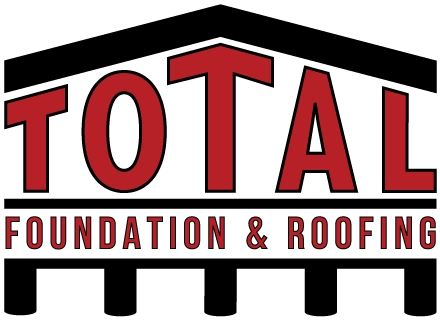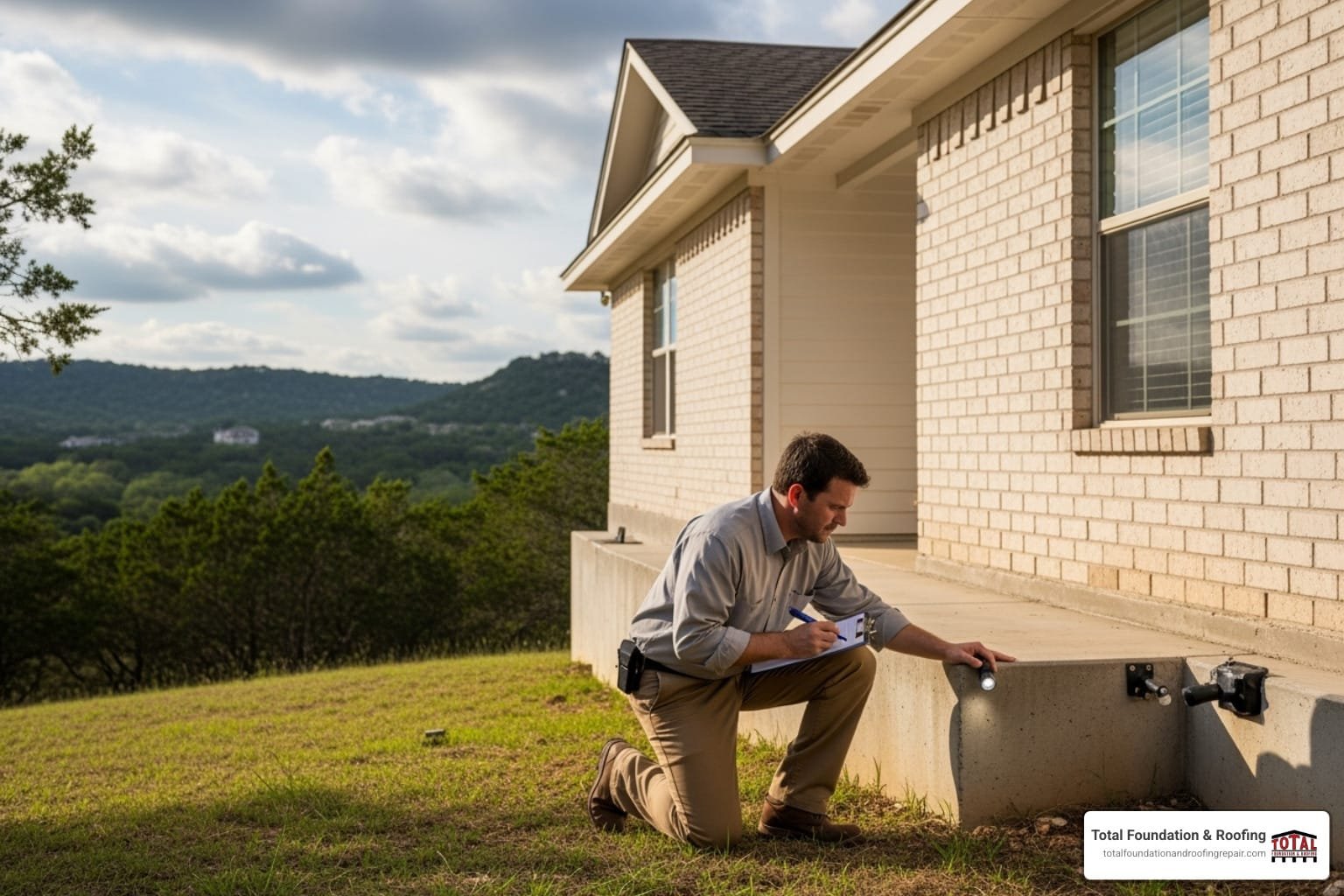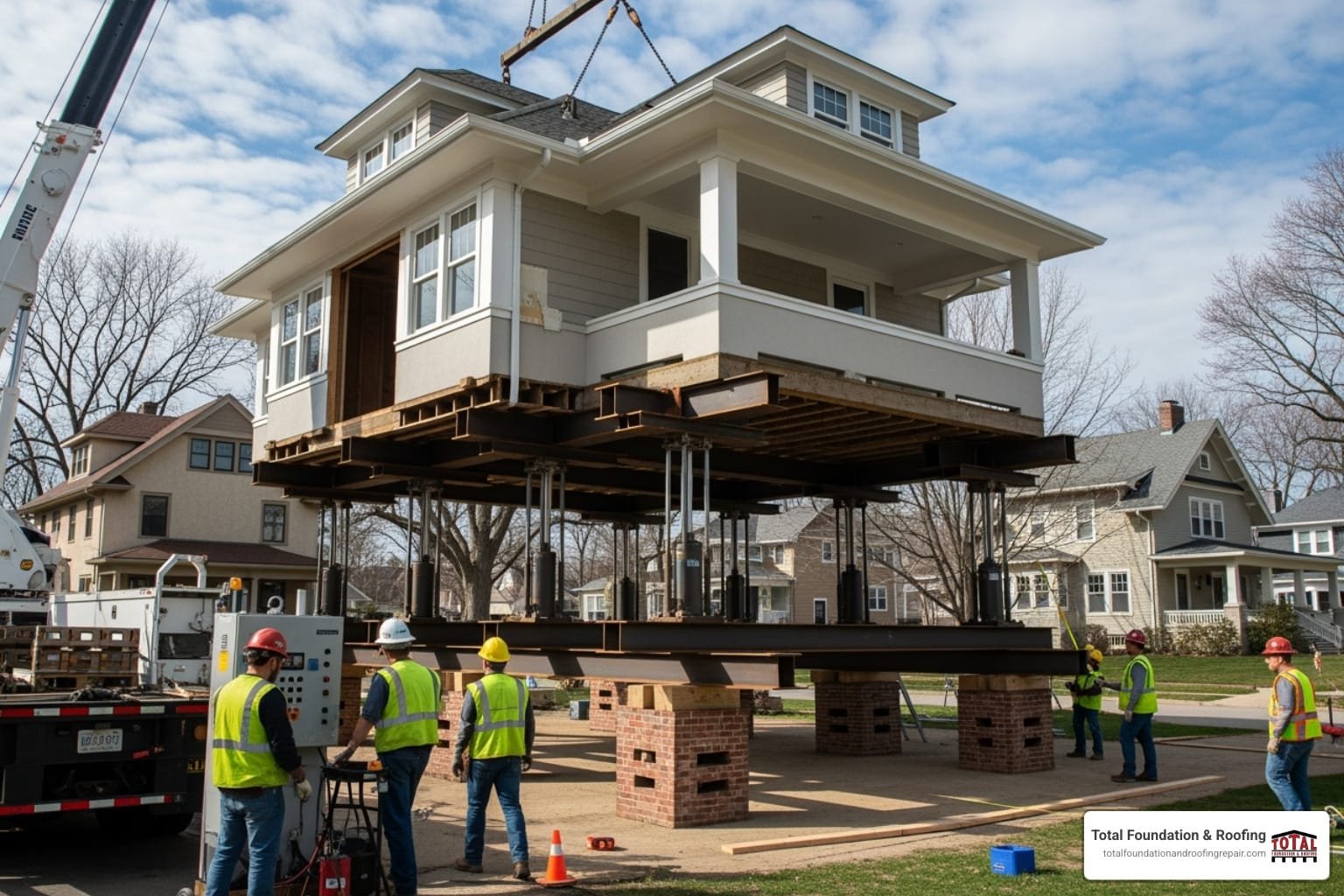Table of Contents
ToggleWhy Uneven Concrete Poses Safety and Property Value Risks
Uneven concrete repair addresses sunken or damaged surfaces that create trip hazards and reduce property appeal. The main options include:
- Concrete Leveling (Slab Jacking): Lifts settled slabs by injecting material underneath.
- Self-Leveling Concrete: Pours a thin layer over existing surfaces (interior use only).
- Grinding and Patching: Smooths high spots and fills cracks as a temporary fix.
- Complete Replacement: Removes and repours severely damaged concrete.
That uneven sidewalk or sunken driveway isn’t just an eyesore—it’s a serious safety hazard. Many property owners don’t realize that professional concrete and foundation solutions can lift settled slabs back to their original position, saving up to 70% compared to replacement costs. Uneven concrete on your driveway, patio, or pool deck creates liability issues and hurts curb appeal, but most problems can be fixed without the disruption of a full replacement.
My name is Daniel Sowell, and with over 18 years of experience, I’ve helped countless homeowners in the Texas Hill Country solve their uneven concrete repair challenges. At Total Foundation & Roofing, we understand how to protect your property from our unique soil conditions. Understanding your options is the first step toward a permanent, safe solution.
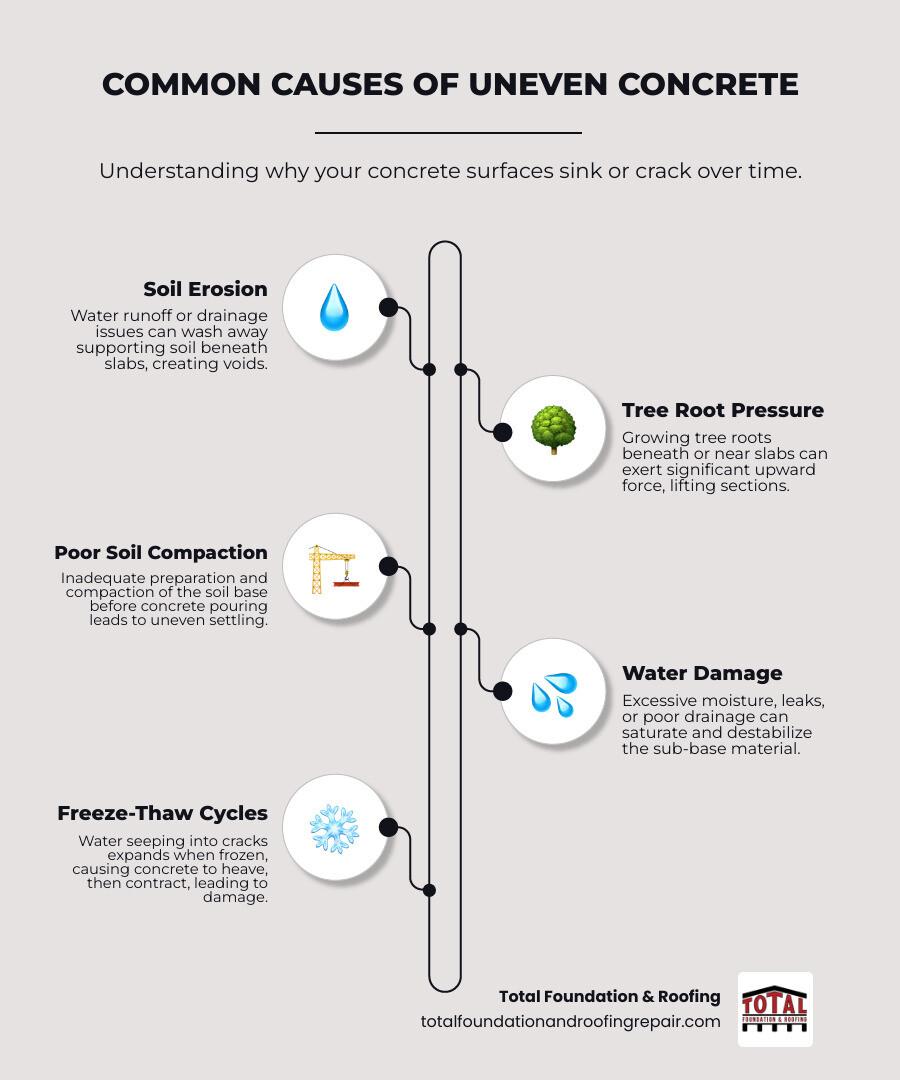
Uneven concrete repair terminology:
A Homeowner’s Guide to Uneven Concrete Repair Options
When facing an uneven driveway or sidewalk, it’s important to understand the different repair methods to make an informed choice. Not all concrete problems are the same; some require minor surface work, while others need the entire slab lifted. Let’s explore each option.
Surface-Level Fixes: Grinding and Patching
For minor issues, like a small lip between slabs or cosmetic damage, surface-level fixes are a good starting point. These methods address the symptom but not the underlying cause of settlement.
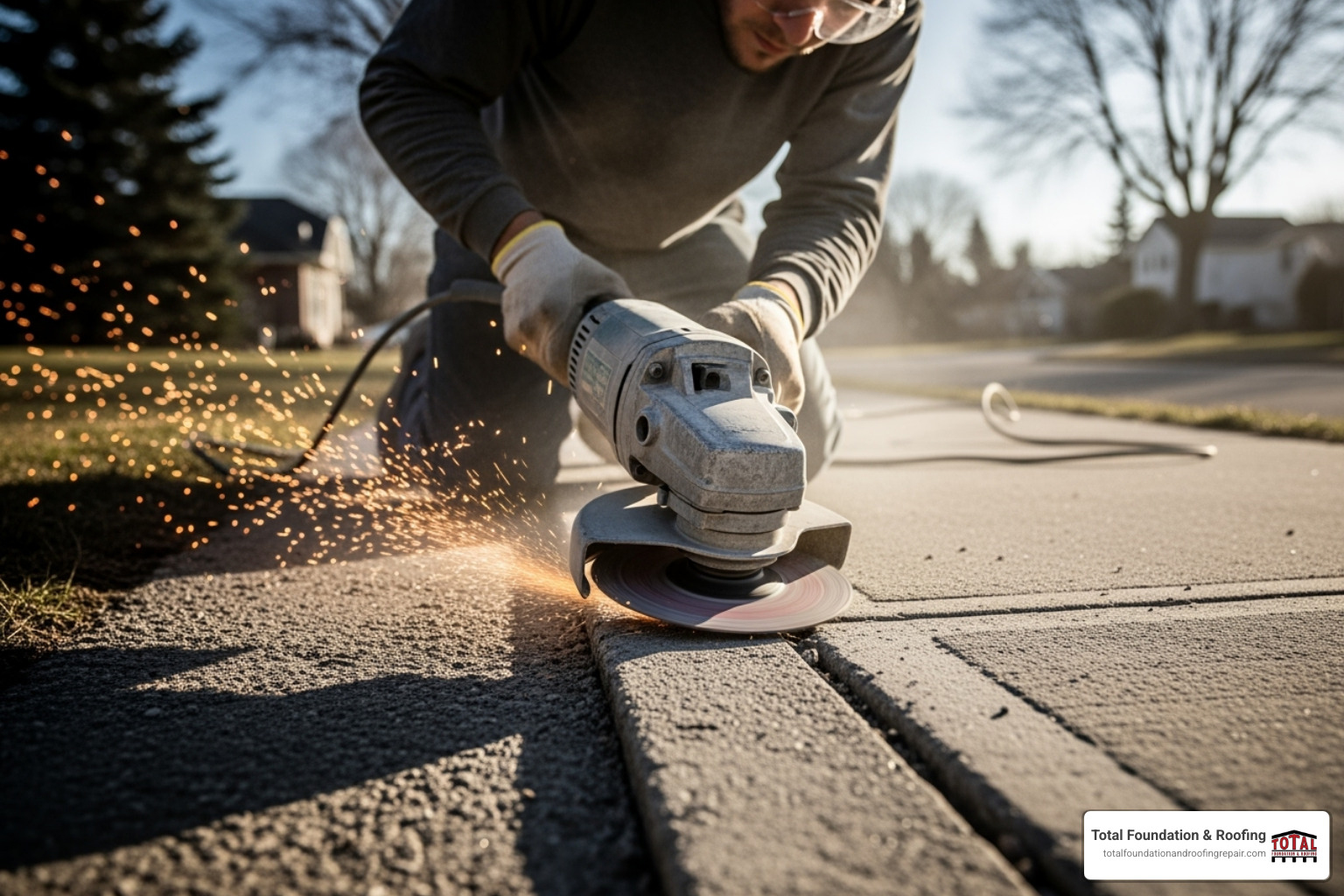
Concrete grinding uses specialized equipment to shave down high spots, creating a smoother transition. It’s a fast and affordable way to eliminate minor trip hazards (an inch or less). However, grinding is a one-time fix that can weaken the slab and expose more porous concrete to the weather, leading to faster deterioration and a patchy appearance.
Patching compounds fill dips, cracks, and small damaged areas. For a durable patch, the area must be thoroughly cleaned and prepared. Without proper prep, patches can crumble away within months. Matching textured concrete also requires skill, as detailed in this step-by-step guide on patching textured concrete.
Both grinding and patching are temporary solutions for minor imperfections. If you’re dealing with significant settlement, you’ll need a more robust approach. You can learn more about the costs involved in our guide to concrete lifting costs.
Exploring Self-Leveling Concrete: A Detailed Look
Despite its name, self-leveling concrete isn’t a universal solution for uneven concrete. It’s a specialized product with specific, and limited, applications.
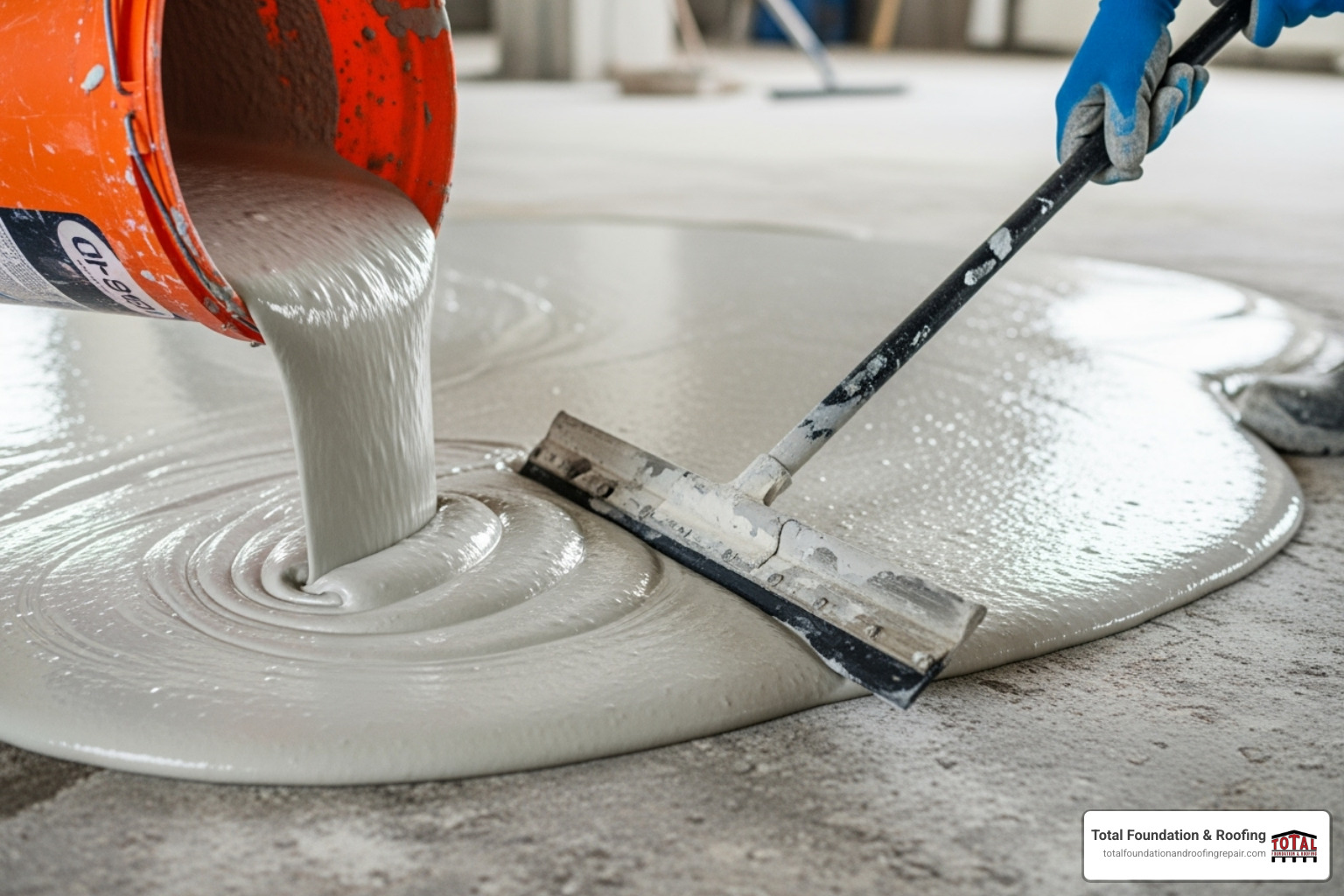
Self-leveling concrete is a flowable mixture that creates a smooth, flat surface, making it ideal for preparing interior floors for new tile or laminate. It flows into low spots to create a perfectly level substrate.
However, self-leveling concrete is primarily an interior solution. It is not durable enough for exterior use in Texas, where freeze-thaw cycles cause it to crack and crumble. The preparation process is also critical; the existing concrete must be prepared beforehand with thorough cleaning and priming to prevent delamination, where the new layer peels away.
This material has a short working time and cures at varying timelines, making it tricky for DIY projects. Most importantly, self-leveling concrete does not fix settled slabs. It only covers surface imperfections and does not address the root problem of soil issues underneath. It’s a cosmetic fix, not a structural one.
Lifting the Slab: How Concrete Leveling Fixes the Root Problem
When concrete has sunk and created a significant trip hazard, it’s time to address the cause with concrete leveling. This process lifts the entire slab back into place, fixing the problem at its source.
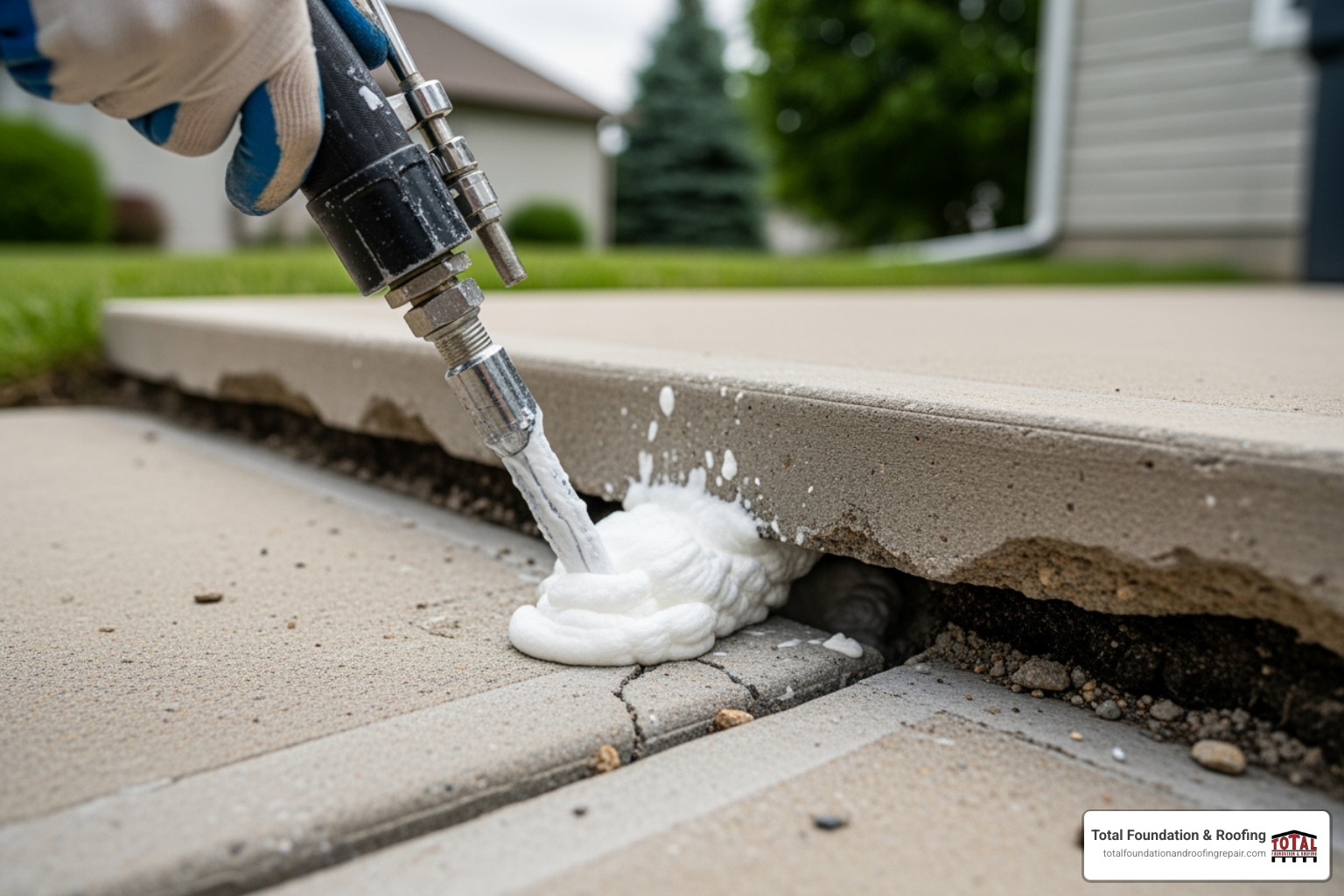
The process involves drilling small holes through the slab and injecting material underneath to fill voids and raise the concrete. While traditional mudjacking uses a cement slurry, we prefer polyurethane foam injection. This modern method uses a high-density foam that is lightweight, precise, and hydrophobic, meaning it won’t wash away.
The advantages are significant. Concrete leveling typically costs up to 70% less than replacement and is far less disruptive. Most jobs are done in a day, and the surface is often ready for immediate use. More importantly, it stabilizes the underlying soil, providing a repair that can last the lifetime of the concrete. You can learn more in our article on Concrete Leveling with Foam Injection.
Here’s how the methods compare:
| Feature | Self-Leveling Concrete | Concrete Leveling (Slab Jacking) |
|---|---|---|
| Cost | Lower, but only for surface fixes | Higher initial cost, but up to 70% less than replacement |
| Application | Thin layer, interior use, surface imperfections only | Lifts entire settled slabs by filling voids underneath |
| Durability | Good for surface prep, not for structural movement | Long-lasting, addresses root cause of settlement |
| Best Use Cases | Smoothing interior floors before new flooring, minor dips | Sunken driveways, sidewalks, patios, garage floors, pool decks |
| Problem Solved | Surface unevenness, texture | Settled slabs, trip hazards caused by sunken concrete |
For significant settlement, concrete leveling is the most effective and economical long-term solution.
When is Complete Replacement the Only Answer for Uneven Concrete Repair?
While we prefer to repair whenever possible, sometimes complete replacement is the only sensible option for uneven concrete repair.
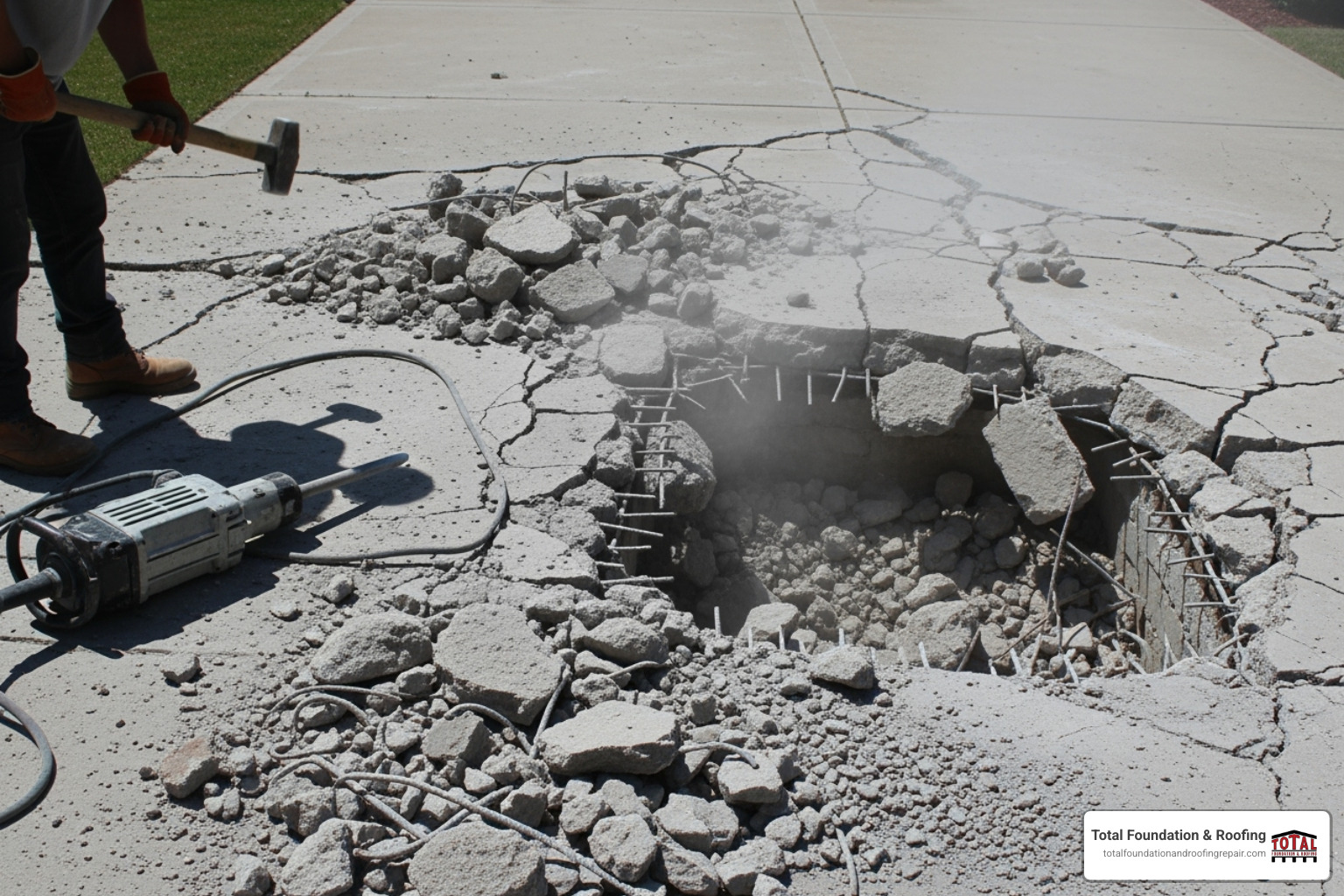
Severe structural damage is the primary reason for replacement. If concrete is crumbling, extensively cracked (cracks wider than an inch), or spalling, repairs may not hold. When a slab is too fragmented, there isn’t enough solid material to lift or patch effectively.
Extreme unevenness beyond the limits of slab jacking may also require replacement. If the underlying soil is too unstable to be corrected or the slab has broken into multiple, severely shifted pieces, a fresh start is the only way to guarantee a safe, lasting surface.
The replacement process is the most expensive and disruptive option. It involves demolishing the old concrete, preparing a new sub-base, and pouring new slabs, which need about 30 days to fully cure. However, it provides complete control over the final result and, when done correctly, offers decades of service. An honest professional assessment is key to determining if what looks like a hopeless case can be saved, potentially saving you thousands.
Making the Right Choice for Your Property
Choosing the right uneven concrete repair method depends on your property, climate, and the specific issue. Understanding these factors upfront saves time and money and ensures a lasting result.
Ensuring a Durable Repair in the Texas Hill Country
Living in the Texas Hill Country presents unique challenges for concrete. A repair that works elsewhere might fail here if it doesn’t account for our local conditions.
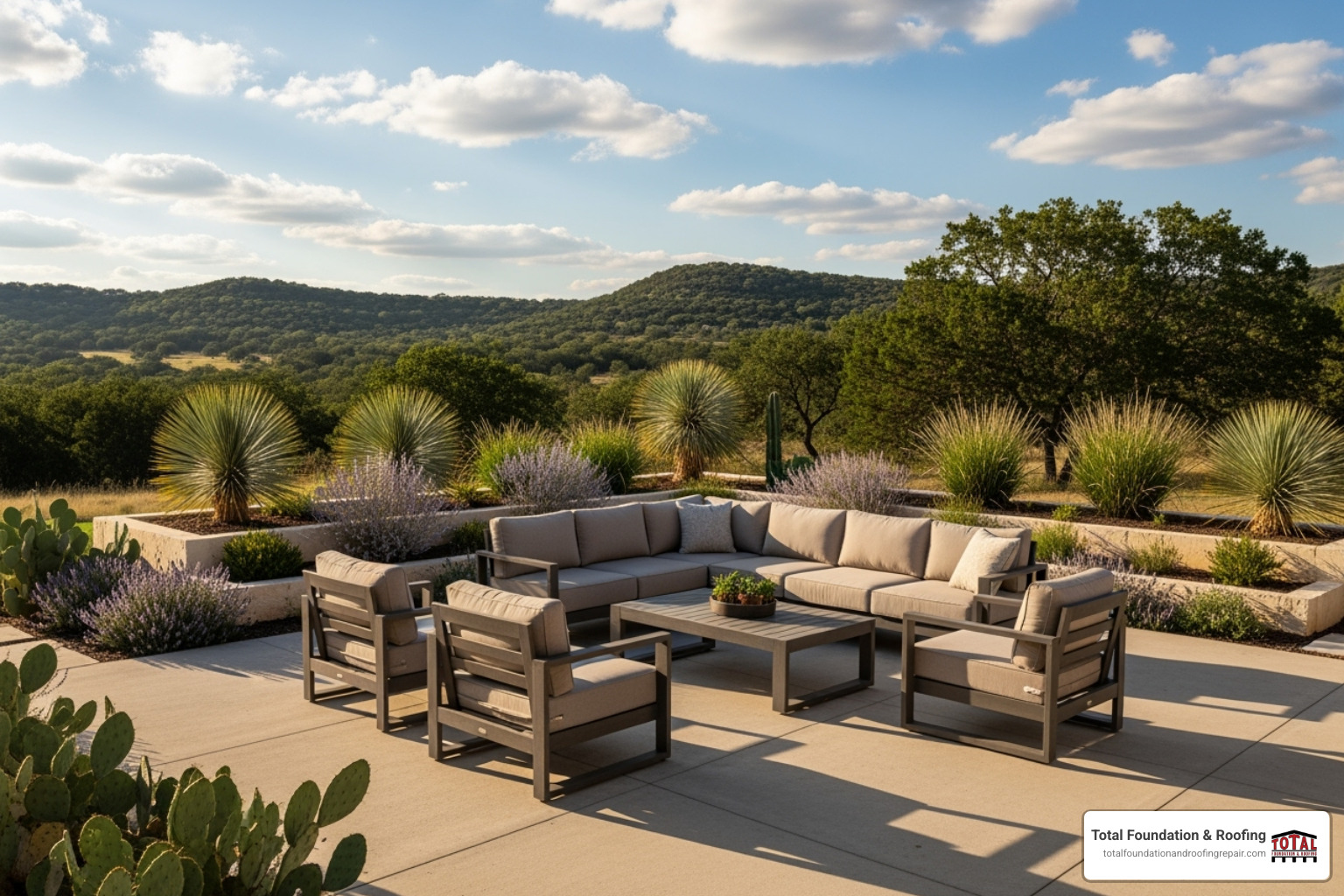
Our freeze-thaw cycles are brutal. Water seeps into cracks, freezes, and expands, widening the damage over time. This cycle is a major cause of concrete failure.
Even more problematic is our expansive clay soil. It swells dramatically when wet and shrinks when dry, creating constant movement under your concrete slabs. This leads to settlement and cracking. The unique soil conditions in areas like Kerrville require expert solutions that address these underlying causes.
Proper drainage is therefore critical. Pooling water undermines slabs and accelerates damage. Any uneven concrete repair that ignores drainage is bound to fail. Regular maintenance, like sealing cracks and ensuring good drainage, can extend the life of your concrete by up to 30%.
This is why a professional assessment is so valuable. An experienced local contractor understands these challenges and will recommend a solution designed to last in our environment. Working with foundation repair contractors with local expertise ensures your repair is durable.
Your Next Steps to a Safe and Level Surface
You now understand the options for uneven concrete repair. The key is to match the right solution to your specific problem, keeping our Texas Hill Country conditions in mind.
Remember these key takeaways:
- Assess the cause, not just the symptom. Surface fixes are temporary if the soil underneath is the real problem.
- Surface fixes are for minor imperfections. Grinding and patching work for small cracks or slight height differences.
- Concrete leveling addresses the root cause. It lifts settled slabs and stabilizes the ground underneath, offering a long-term, cost-effective solution.
- Replacement is for severely damaged slabs that are beyond repair.
The expansive soil and freeze-thaw cycles here demand a durable solution. Don’t let uneven concrete remain a safety hazard and an eyesore on your property.
For a permanent solution to your uneven concrete repair needs, it’s time to get professional help. Get a professional assessment for your concrete leveling needs and let us help you choose the right approach. We’ll ensure your repair is built to handle anything the Texas Hill Country throws at it.
